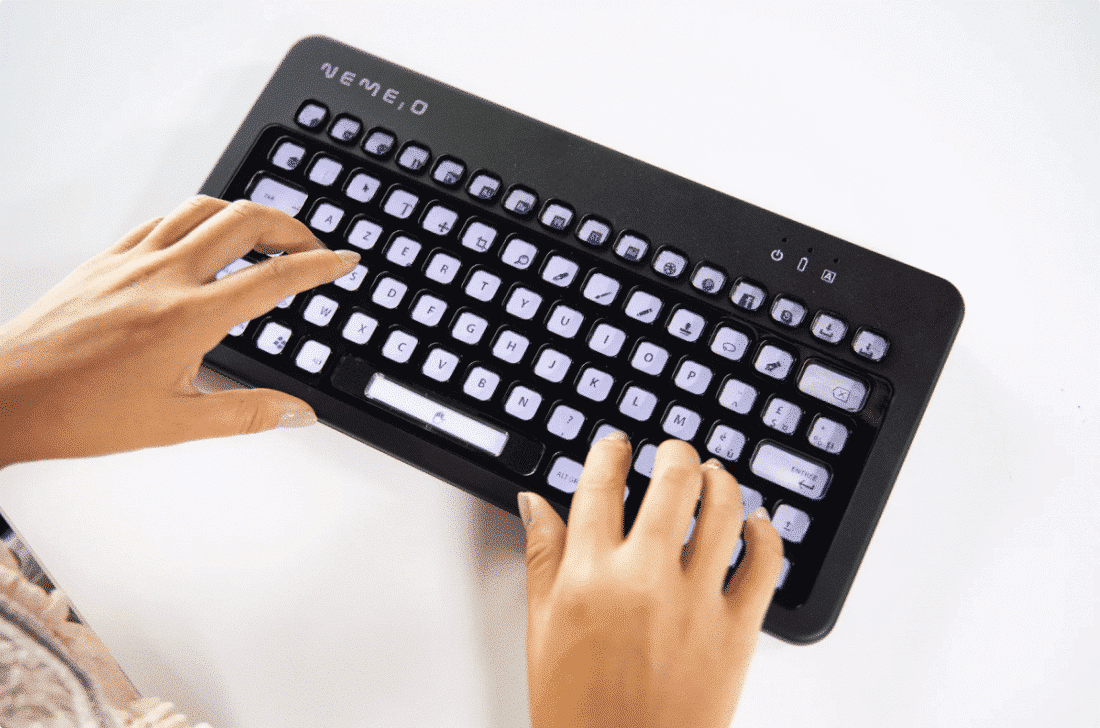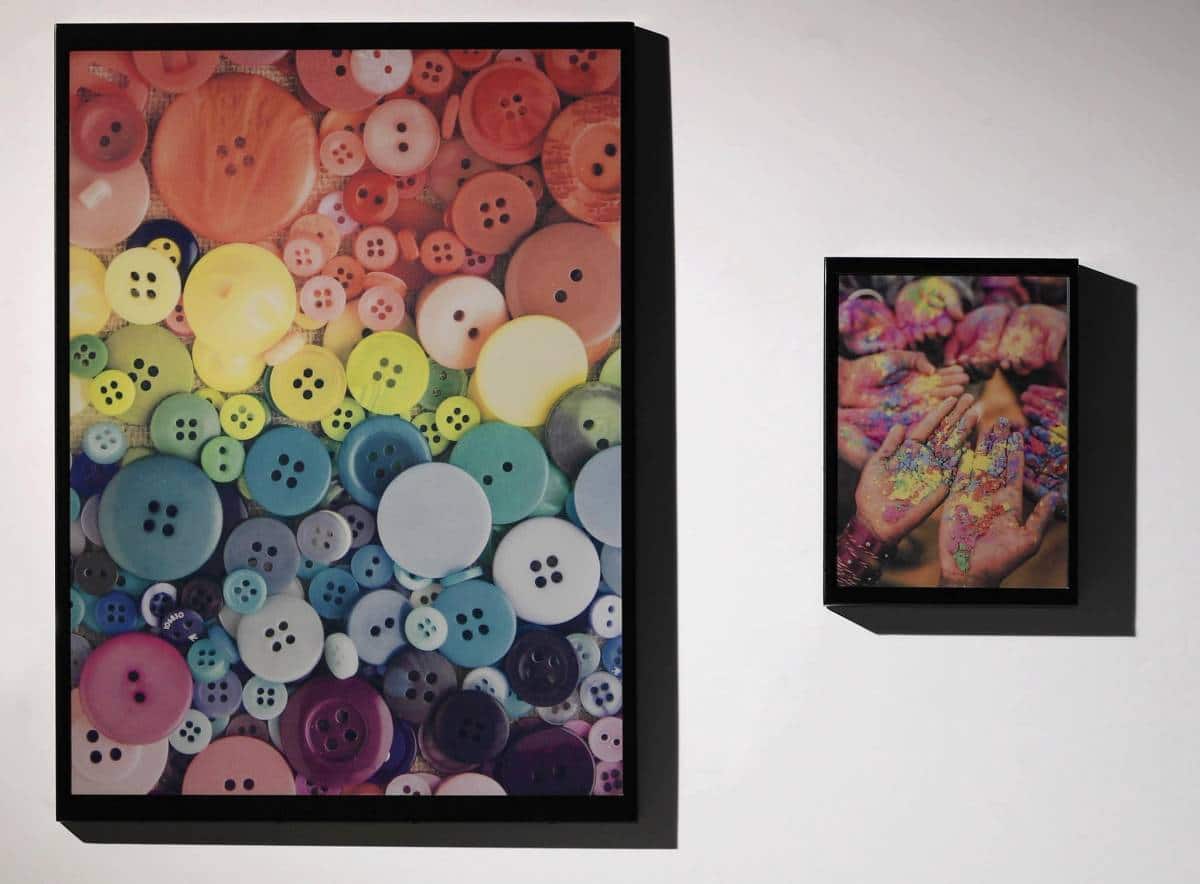E INK is planning on adding another option for hardware manufacturers to add color screens to e-readers. Digitimes is reporting that E INK will promote its ACeP (advanced color e-paper) technology to e-book readers in 2021. ACeP technology enables ink to produce color at every pixel without using a color filter array, allowing it to achieve full color gamut.
Previously ACEP was primarily used in digital signage. In order for signs, menus and other things that were placed outdoors, they needed to have glass-based color filters, which are thick and heavy, and transparency is low, and therefore are not suitable for e-book readers. E INK instead is going to implement the color layers on a thin film of electronic ink to minimize weight and thickness and enhance transparency for e-book readers. These do not need to have glass based displays, but can be used in sunken screen and bezels, which provides better resolution.
ACEP achieves a full color gamut, including all eight primary colors, using only colored pigments. The display utilizes a single layer of electrophoretic fluid, which is controlled using voltages compatible with commercial TFT backplanes. The fluid can be incorporated into either microcapsule or Microcup structures. The richness of the colors is achieved by having all the colored pigments in every picture element (pixel) rather than the side-by-side pixel colors achieved with a CFA. This eliminates the light attenuation, which can be quite significant. Like regular E Ink ePaper, ACeP maintains the ultra-low-power and paperlike readability under all lighting conditions. They can display a total of 32,000 colors and 200 to 300 PPI, depending on the screen size.
The other color e-paper solution that is only a handful of e-readers in 2020 was called E INK Kaleido, which utilized a new printed Color Filter Array (CFA) technology in conjunction with E Ink’s second generation, faster and brighter, Carta 1100 ink. The new printing process alleviates the need for a glass-based CFA, making the displays thinner and lighter than previous generations, while simultaneously having higher optical quality. It is important to note that this can be used on glass displays and also non-glass based displays. They were only capable of displaying 4,000 colors and 100 PPI.
Since Kaleido was such a success, in under six months, the company announced a second generation Kaleido CFA. What does this new technology bring to the table? Companies are able to use a layer of glass, as well as non-glass based displays. The refresh rate on color will be as fast as B&W e-paper. There will be improved color and contrast performance and reduced graininess. E INK did tell me that ” Our formal product launch has not yet occurred, so we are not publishing full specs out at the moment. In general, we are improving contrast and color saturation, also reduced graininess. We are also updating our front light solution, making improvements to the CFA print pattern, and adjusting waveforms.” Kalideo 2 is designed for 5.84 inch devices, all of the way up to 10.3.
In 2021 e-reader companies will have two different options for color, Kaleido 2 and ACEP. I believe ACEP might be the best option, since it can display 32,000 colors and a higher PPI rate, companies will be able to turn color off for certain applications. A CFA found on Kaleido can only do 4,000 colors and a limited amount of PPI. I think the future of 2021 is color.
Michael Kozlowski is the editor-in-chief at Good e-Reader and has written about audiobooks and e-readers for the past fifteen years. Newspapers and websites such as the CBC, CNET, Engadget, Huffington Post and the New York Times have picked up his articles. He Lives in Vancouver, British Columbia, Canada.

